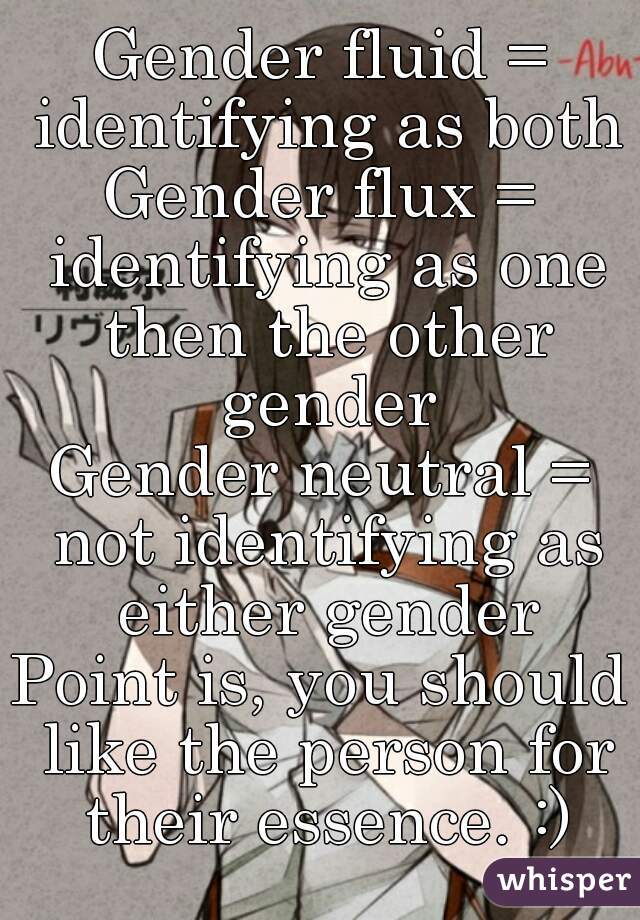
While this seems like a rising tide of inclusivity for transgender and nonbinary individuals, efforts to recognize pronouns in the workplace are still quite nascent and fraught with challenges. Although time will tell how that ruling will impact employers, the Equal Employment Opportunity Commission has stated that Title VII’s prohibited acts of discrimination include “intentionally and persistently failing to use the name and gender pronoun that correspond to the gender identity with which the employee identifies communicated to management and employees.” Supreme Court settled one of the biggest questions in employment law in recent years, ruling that Title VII of the 1964 Civil Right Act prohibits employment discrimination on the basis of gender identity. Congress (the House of Representatives unveiled new rules to go gender neutral to “honor all gender identities by changing pronouns and familial relationships in the House Rules to be gender-neutral”). from its Potato Head brand’s name) to the U.S. Indeed, a growing recognition and acceptance of individuals whose identities or behaviors don’t fit into a “gender-normative” checkbox is having an impact from Madison Avenue (toymaker Hasbro dropped the Mr. On the other hand, the rewards of inclusive environments are abundant: boosting retention, engagement, productivity, innovations, resilience, and overall financial performance.Īddressing pronouns is also a reflection of a growing movement, in some countries, to acknowledge the identity of transgender and nonbinary individuals in the organization. Workplace discrimination costs companies billions of dollars. “ drives the goal to be an inclusive workplace.”Ĭreating more diverse and inclusive workplaces that recognize individual identities isn’t just good manners it’s good business. “Thanks to the increased public awareness of gender identification, employers are coming to a better understanding that creating diverse workplaces includes gender identities,” says Regan Gross, HR knowledge advisor for the Society for Human Resource Management (SHRM). This increasing desire to recognize an employee’s gender identity is a signal that business leaders want to deepen their commitment to making the workplace a space where people can show up as their whole selves.

“Doing so is a simple, yet powerful and meaningful statement.”

“The most common best practice is encouraging employees to put pronouns in e-mail signatures and other profiles at work,” says Annie Lin, vice president of people for talent acquisition firm Lever. More organizations are now encouraging employees to share or clarify their gender pronouns – and reminding managers and fellow colleagues to be mindful of others’ pronouns – as a way for individuals to declare their gender identities clearly in the workplace. You’ve almost certainly noticed an increase in the she/her/hers, he/him/his, and they/them/theirs designations appearing in e-mail signatures, Slack profiles, and Zoom windows.


 0 kommentar(er)
0 kommentar(er)
